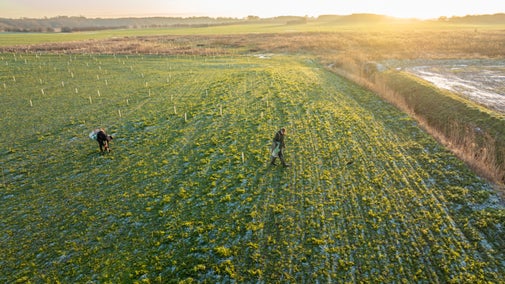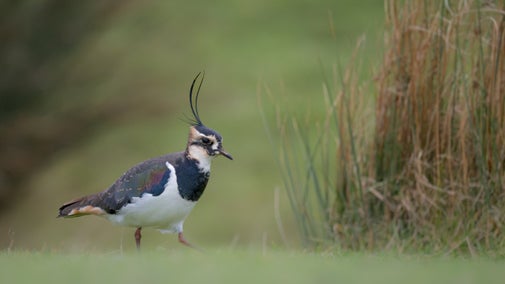Autumn
Autumn was milder than average, and the unsettled conditions saw 10 English counties experience their wettest September on record, although Scotland and Northern Ireland were drier than average.
Storm Ashley, the first storm of the new season, brought heavy rain to some parts of the UK in October. But despite the rain, Autumnal displays were enjoyed across the country with colours ranging from deep reds to buttery yellows at places including Sheffield Park in Sussex, Winkworth Arboretum in Surrey and Stourhead in Wiltshire.
Due to the lack of frosts and plenty of water, trees kept their leaves well into November, a month longer than normal.
The dazzling displays of autumn colour were brought to an abrupt end though as a cold snap later in November resulted in snow and a sharp dip in temperatures. This, combined with Storm Bert, made for a multi-hazard weather event, resulting in heavy floods, particularly in south Wales, and snow in different pockets of the country.
Storm Darragh arrived in early December, its high winds bringing hundreds of trees down across the places in our care. These included 250 at Killerton and 100 at Arlington Court in Devon, around 30 significant trees at Bodnant in north Wales and 30 in the wider estate at Cragside in Northumberland.


















